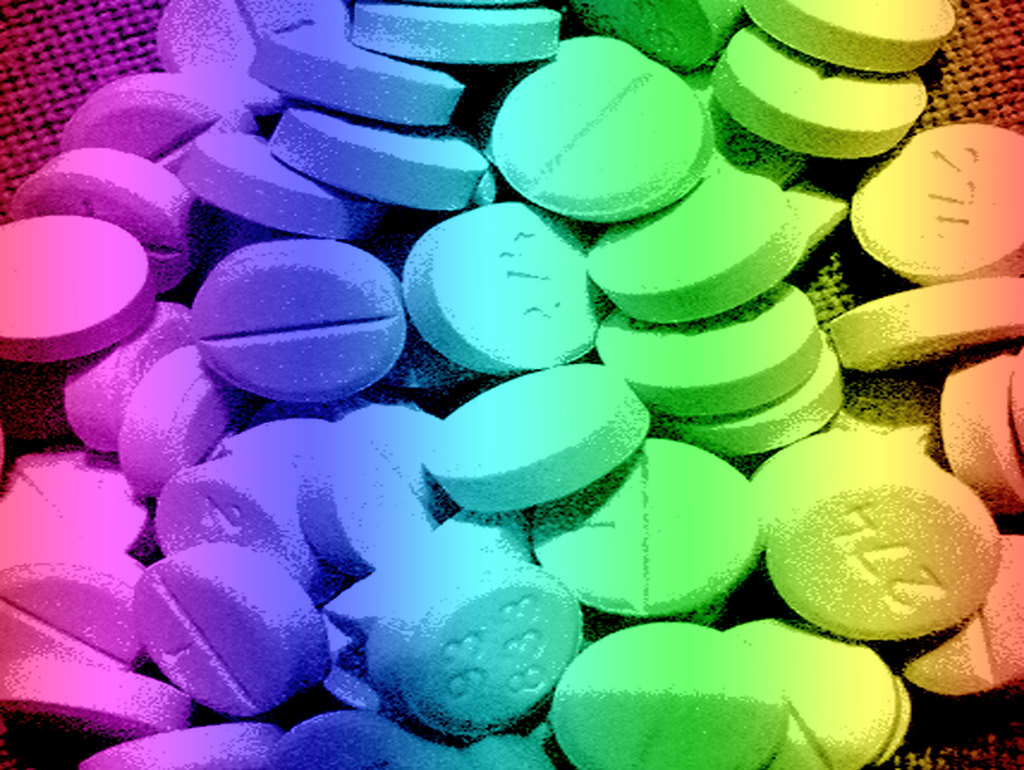Multiple industries have been influenced by the Internet of Things, and health care is no exception. The increasing combination of health care and technology offers lots of unique opportunities to monitor and enhance patient outcomes. Numerous sensory networks for health analysis and diagnosis not only mitigate future risks and uncertainties but also lead to more cost-efficient and patient-friendly health care programs. No wonder the worldwide IoT health-care industry is expected to grow from $41.2 billion in 2017 to a whopping $158.1 billion in the next five years. But IoT isn’t just improving the numbers; it’s making a real difference in the lives of people and transforming how pharma products are being consumed.
Transforming data into actions
The future of health care lies in quantified health. And it makes sense considering how a person’s well-being can be improved significantly if it can be measured in quantifiable terms. Thus, it is important for various drug and health-care product manufacturers to pay attention to quantified health technology. It is also a known fact that data has a considerable impact on performance, which means that IoT can lead to better object measurement and gauging of health to sway outcomes in favor of the patient.
Enhance patient health

Technology has progressed rapidly in the past decade, and now a simple wearable device can alert patients whenever their heart is beating erratically or they are behind on their exercise routine. Plus, the information can be shared with other devices. Now imagine all this being done in the cloud by uploading the personal health information of the patients to the platform. It would completely eradicate the need for feeding the relevant information into electronic medical records (EMRs). The truth is, IoT can highlight oft-overlooked details and decide the best course of action for patients.
Customized treatment plans
IoT doesn’t just help patients; it positively impacts health care entities as well by customizing the patient experience and adding business value. A treatment program that is tailored to fit the individual requirements of the patients can become a reality with the power of IoT. This doesn’t just include monitoring and diagnosis but extends to services like dietary inputs and exercise advice. For example, when a doctor is physically unavailable to monitor a patient at frequent intervals, an IoT stream may be used to relay real-time details to a portal that can then be accessed by the physician to determine the patient’s health status. This sort of IoT datastream may even be used to test the effectiveness of dosage and drugs being administered to the patient while offering info on possible side effects.
Highlighting the importance of preventive care
Nowadays it’s not just about treating the patient; prevention has also become a major focus area. With health care costs expected to increase exponentially in the coming years, now’s a good a time to reform the health care system by assisting people in avoiding diseases and promoting healthier lives through real-time, optimal quality data pertaining to individual health.
Smart pill production

A handful of pharmaceutical firms have come up with the concept of edible “smart pills” — products that monitor health problems, medication, and adherence controls. These pills work by dissolving in the patient’s stomach and transmitting a signal to the sensor worn by the patient. Afterward, the signal is transferred to mobile phones via apps so patients can access all the vital details instantly. Smart pills are not just a breakthrough for drug companies that wish to minimize risks but also patients interested in monitoring their medication schedule and consuming the right drug at the right time.
Better patient engagement and satisfaction
IoT is capable of improving patient satisfaction through the optimization of surgical workflows, for instance, when a doctor needs to inform the patient’s family about their discharge from surgery. IoT takes patient engagement to a whole new level by fostering more interactions between the doctor and the patient and limiting the need for many face-to-face interactions. Devices connected to the Internet provide the necessary data to take the conversations forward.
Compliance is key
A study conducted by the World Health Organization stated that 50 percent of medications are taken contrary to what has been directed by the physician. Unfortunately, adherence to the recommended drug dosage is the only way to prevent loss of life, industry losses, and reduction in the impact of treatments. Compliance is possible with unique sensor-embedded bottles that notify doctors, patients, and even family members if anything more or less than the prescribed dosage is taken.
Care management

Thousands of data points collected and connected by the care teams from personal fitness technology, such as wearables, becomes a reality with IoT. At the same time, information fed by the sensors may provide real-time notifications to caregivers and patients so they receive event-triggered messaging, such as trigger and alerts for increased heart rate and other factors. Not only does this raise the level of workflow optimization but at the same time ensures that all care gets managed from the comfort of the patient’s home.
Safety and privacy of health care patients
Patients can now feel safe in their own homes thanks to noninvasive remote health management. It is possible to enhance more informed decision-making — by both physicians and patients — by forming a database of patient data, which may include consultation details, genome records, offline records, medicines prescribed and doses along with clinical research information. Also, storing the patient data in an encrypted and decentralized way can help you avoid loss of data during ransomware and other digital attacks.
IoT as a problem-solver
As the importance of IoT increases in different industries, like civil planning, engineering, and automobiles, connected devices communicating with one another will have a considerable impact on the health-care sector. IoT can be used to solve different problems by optimizing how things get done. Thanks to connected technology, providers are going to experience fewer missed appointments, improved patient admissions, and improved adherence to health plans.
Photo credit: Flickr / Brother UK



